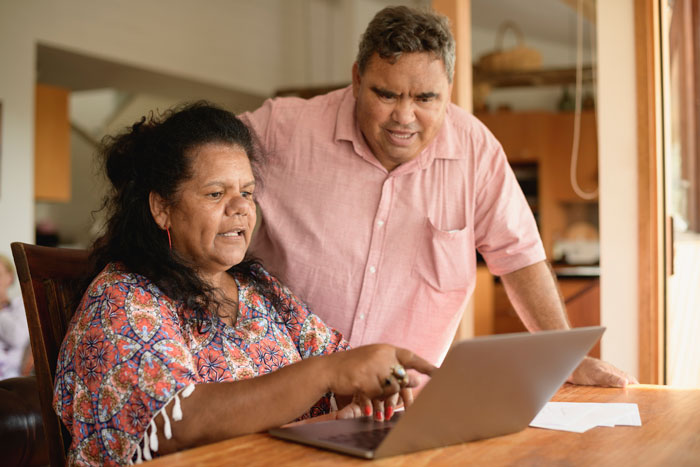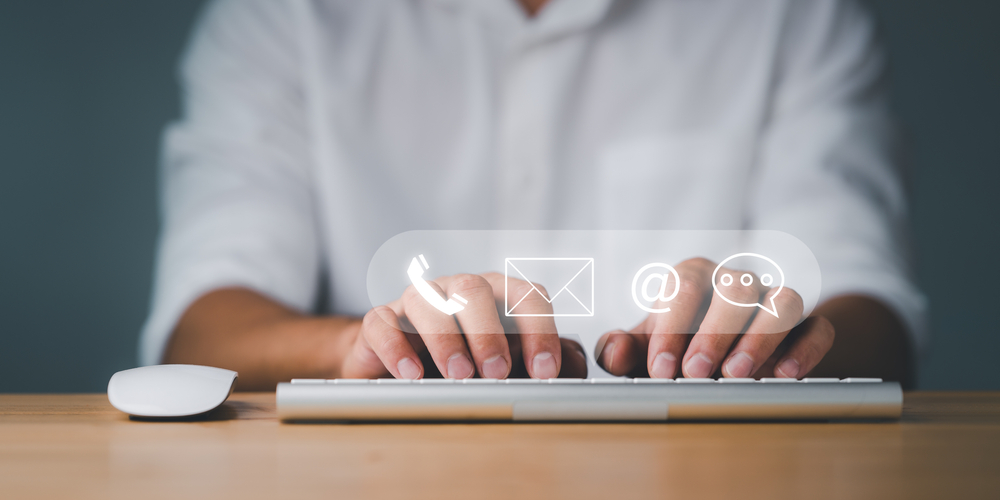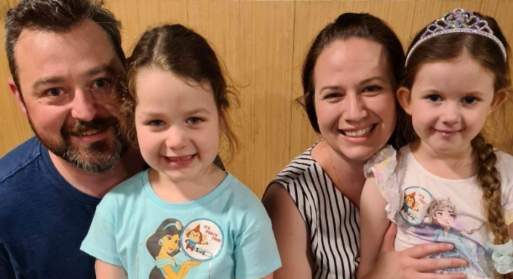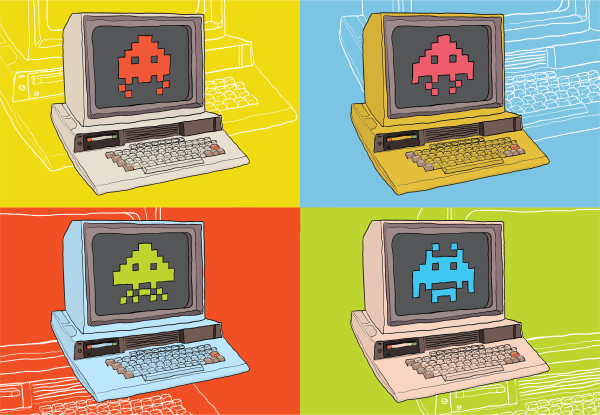Talking to Aboriginal Communities about diabetes means being willing to listen, not just give advice, say our Aboriginal health coordinators KATHY HUET and NATALIE JETTA
One of the problems when it comes to dealing with diabetes in Aboriginal and remote communities is that people in those communities don’t like to talk about diabetes. Many Aboriginal people feel a deep sense of shame after being diagnosed, which means they don’t always get the help they need.
We meet a lot or people who, when they’re first diagnosed, don’t have many symptoms. The doctor tells them they have diabetes and tells them they need to make some lifestyle changes but, because, they feel OK, they don’t actually take action straightaway. They just freak out a bit about it, but are too embarrassed or ashamed to talk about it with friends or even family.
That sense of shame has become part of Aboriginal culture, because of our history. If you get used to not having a voice, you don’t feel you can talk about a problem you’re having, which might be something like a diabetes diagnosis.
Natalie sees this quite often, living in the Pilbara. She saw a friend at the footy recently who has been diagnosed with diabetes and he said, “I don’t want to talk to those people in the medical service, the non-Indigenous people, because they’re always telling me what I have to do.” But he was happy to come and have a yarn with Natalie.
Aboriginal people have felt like they’re being told off when they go to see a doctor and are given a diagnosis like diabetes. Thankfully, times are changing. That’s one of the reasons we’ve been working so hard on our Aboriginal Health Workforce Development project.
Aboriginal people have felt like they’re being told off when they go to see a doctor and are given a diagnosis like diabetes. Thankfully, times are changing.
With Aboriginal health workers, these medical discussions are more on the yarning level. They’re relaxed chats about what small changes someone can make, not a long list of things you’re not allowed to do anymore. You don’t just go in there, gung ho straightaway. You sit down, you find out a bit about them first, find out what’s happening in their life and then bring it back into talking about diabetes. We’re seeing that this approach is giving Aboriginal people a bit more confidence to take charge of their health and to speak up.
There’s a lot going on for us this winter. In June, we’re taking part in the NDSS Aboriginal & Torres Strait Islander National Gathering in Fremantle. We’ll be hearing from other diabetes health professionals from all over Australia. Each state will be talking about the programs they offer and what their plans are for the future, we’ll be doing some training and also some cultural activities.
Then we have NAIDOC Week at the start of July, where we’ll be taking part in lots of community events. A lot of AMS have stalls as part of the big Friday evening expo and we’ll be in there too, ready to talk to Aboriginal people — and anyone else — about diabetes. It’s a really good opportunity to meet people on the ground — people who might already be living with diabetes or might be at risk.
For many Aboriginal people, this will be the first time they see their Aboriginal Health Workers out there, working in this area. Getting help with your diabetes doesn’t mean having to get told off. You can just come along and have a yarn. It’s a way to get started that feels safe and comfortable. Yarning was at the heart of our Reconciliation Week activity this year as well.
Kathy ran a yarning and weaving cultural session for all the staff at Diabetes WA. We talked about Reconciliation and the Voice, but we talked about that serious stuff in a way that felt relaxed. The point of the weaving is it’s a shared activity that keeps your hands busy. That’s a great way to get a group of people talking — everyone always feels more comfortable opening up if they’ve go something to do with their hands.





